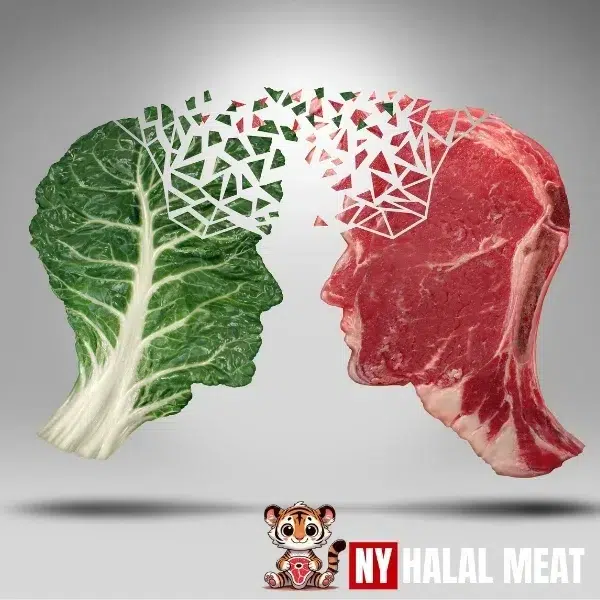Fascinating Facts About Meat You Might Not Know

For centuries, people all over the world have made meat a regular part of their diets. This is because it contains proteins, vitamins, and minerals which are very important for our bodies to grow healthy. However, aside from being nutritious, there are other interesting things about this food that we should know too. Here are some facts about meats that show its significance and usefulness in our daily meals.
Strong Source of Nutrients
Meat is rich in high-quality protein which helps build and repair body tissues. It also has iron, zinc, as well as B-vitamins, especially vitamin B12 needed by nerves to function properly thus manufacturing DNA (deoxyribonucleic acid) and red blood cells.
Different Kinds of Meat
There are several types of meat, each having distinct flavor profiles and applications including:
- Red Meat – Beef, lamb, or pork known for strong taste and high iron content.
- White Meat – Chicken breast or turkey meat which has lesser amounts of fats and calories than those contained in red meats like beef steak or lamb chops.
- Processed Meat – Sausages such as frankfurters, bacon strips, etc., that may have been smoked, cured, or salted during the preservation process.
Aging Meats Art
Flavor can be intensified while tenderness is improved through aging, especially when dealing with beef. Dry aging entails hanging meat in a controlled environment over a few weeks, allowing enzymes naturally found therein to break down muscle fibers, whereas wet aging involves vacuum packaging it so moisture gets retained within while still ripening.
Cooking Techniques Make a Difference
The way meat is cooked significantly affects its taste and texture too. Thus, there is a need for different cooking methods like:
- Grilling – Gives a smoky flavor ideal for steaks, burgers, kebabs, among others.
- Roasting – Can be used on large cuts, e.g., whole chicken where the outer layer becomes crispy but the inner part remains juicy because heat penetrates slowly from outside towards the center until desired doneness is achieved.
- Braising – Slowly simmering meat in liquid, good for tough cuts such as brisket or short ribs making them tender and tasty.
Around the World in Meat
Different countries have varying levels of per capita meat consumption. The USA and Australia rank among the highest consumers, while India and Bangladesh are the lowest due to cultural dietary restrictions that limit intake of this food.
Ethics and Sustainability of Meat Production
More people are demanding meat products produced under ethical and sustainable conditions like:
- Free-range farming – Allowing animals to wander freely which enhances natural behaviors while reducing anxiety levels.
- Organic meats – These are raised without the use of synthetic hormones, antibiotics, etc., thus ensuring they remain pure throughout their lives until harvested, slaughtered, and processed into various forms ready for consumption by humans who prefer organic diets over conventional ones.
- Halal & Kosher – Animals must be treated humanely according to religious laws governing preparation, handling, slaughter, packaging, labeling, and sale thereof.
In summary, there’s more to meats than what meets the eye because they’re multidimensional culinary items with deep roots in culture around the globe. Knowing about nutritional benefits, different types available, including cooking techniques employed, could make you love it even more. If you want premium quality halal meats visit NY Halal Meat now!


